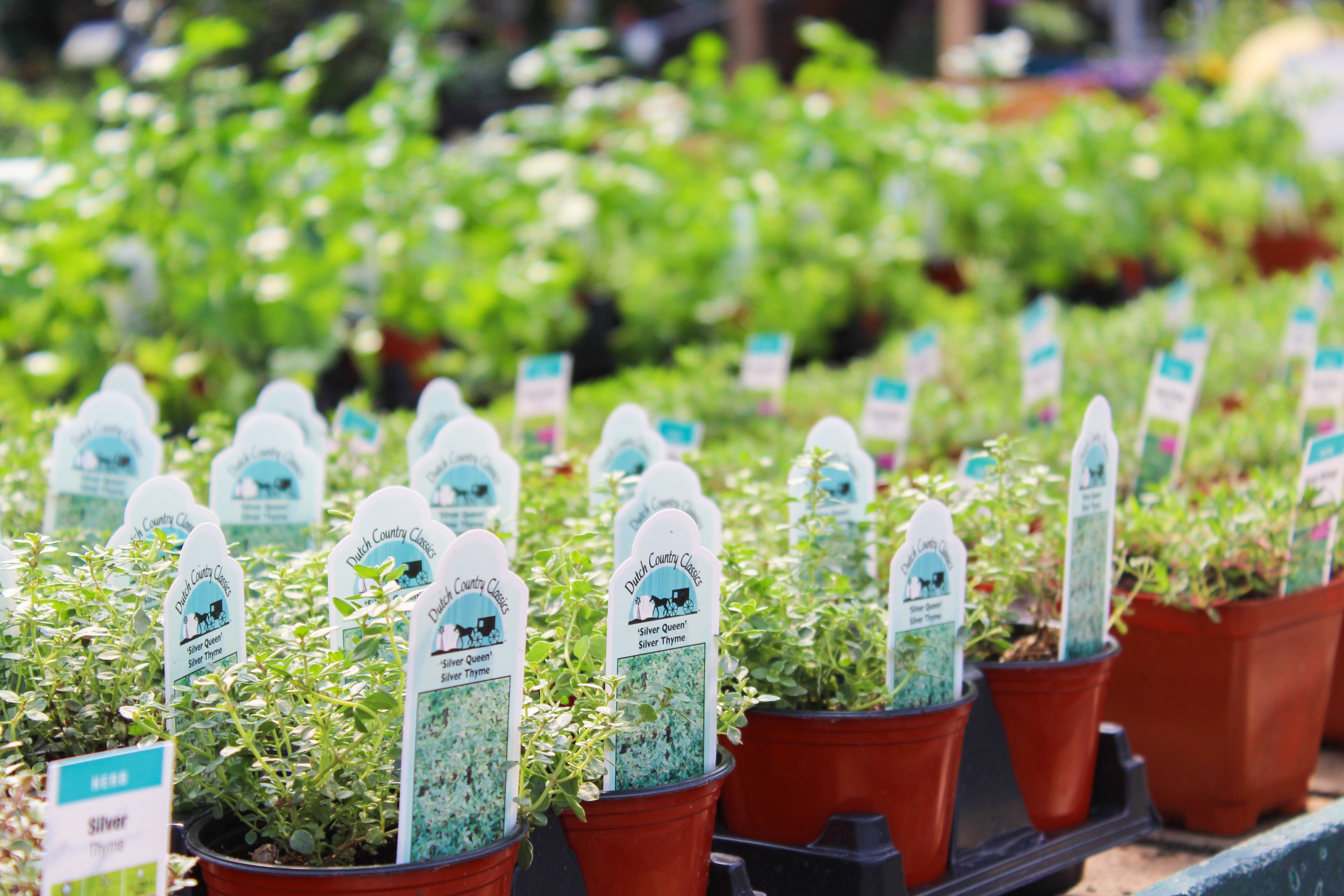Planting Herbs


PLANTING HERBS
Herbs are carefree, interesting plants that serve many useful purposes. They have a history as old as mankind, and have been used to nourish, to heal and to make our world a more attractive place to live. There are both annual (replant very year) and perennial (survive over winter) types of herbs. Use this list to find out what types of herbs you want to grow. If you are growing herbs for potpourri or cooking purposes, you may want to grow more than one plant of the annual types, since they die each year. Herbs often do best in spots that are difficult for more fragile plants. Many will tolerate dry, infertile soil once they are established. Some herbs have better flavor if they are grown on the dry side-oils seem to intensify. Most do not need large amounts of fertilizer. Here are a few basics:
PLANTING
Most herbs need full sun to do their best. They also need room to sprawl and grow. Pay special attention to the herbs that creep, as most of them, like the mints, can become rampant and easily take over a small garden. Consider growing these types in containers to control them. Some herbs, like thyme, oregano, rosemary and pennyroyal, can be grown in rock gardens.
SOIL
All herbs appreciate well-drained soil, and most have better flavor if grown in soil that dries out a bit. Since it’s the oil that occurs in the leaves, flowers and stems of these plants that give you the best flavor, herbs taste and smell best when they grow slowly and the oils are concentrated. Do not plant herbs, however, in soil that hardens like concrete – if this soil is typical of your garden, the addition of sphagnum peat moss, or other organic matter, will help with root growth.
HARVESTING
Generally, herbs that are leafy can be harvested at any time that you have enough to make it worthwhile. Herbs that are grown for their flowers, like lavender, should be harvested just as the flowers begin to open. Seeds should be harvested when they have lost their greenish color and are ready to drop.
DRYING
There are many ways to dry herbs after harvesting, including hanging in bunches and microwave or conventional oven drying. Store dried herbs in an airtight container. Be sure plants and seeds are completely dry, or they could mold.
WHAT PARTS OF HERBS DO WE USE?
Basil – leaves
Bay – leaves
Bayberry – root bark
Bergamot – leaves
Calendula – flowers
Catnip – leaves
Caraway – seeds
Borage – leaves, stems, flowers
Chamomile – flowers
Chives – leaves
Chicory – roots
Dill – leaves, seeds
Coriander – seeds, leaves
Cornflowers – flowers
Fennel – leaves, seeds
Germander – leaves
Hyssop – leaves, flowers
Lavender – leaves, blossoms
Horehound – leaves
Lemon Balm – leaves
Lemon Verbena – leaves
Lovage – seeds, stalks, leaves
Mints – leaves
Marjoram – leaves
Pennyroyal – leaves
Parsley – leaves
Oregano – leaves
Rosemary – leaves, flowers
Savory – leaves
Rose – flowers, hips
Soapwort – roots
Strawberry – leaves
Tansy – leaves, flowers
Southernwood – leaves
Tarragon – leaves
Veronica – leaves
Thyme – leaves
Valerian – roots
Woodruff – flowers, leaves
Wormwood – leaves
Yarrow – leaves, flowers
